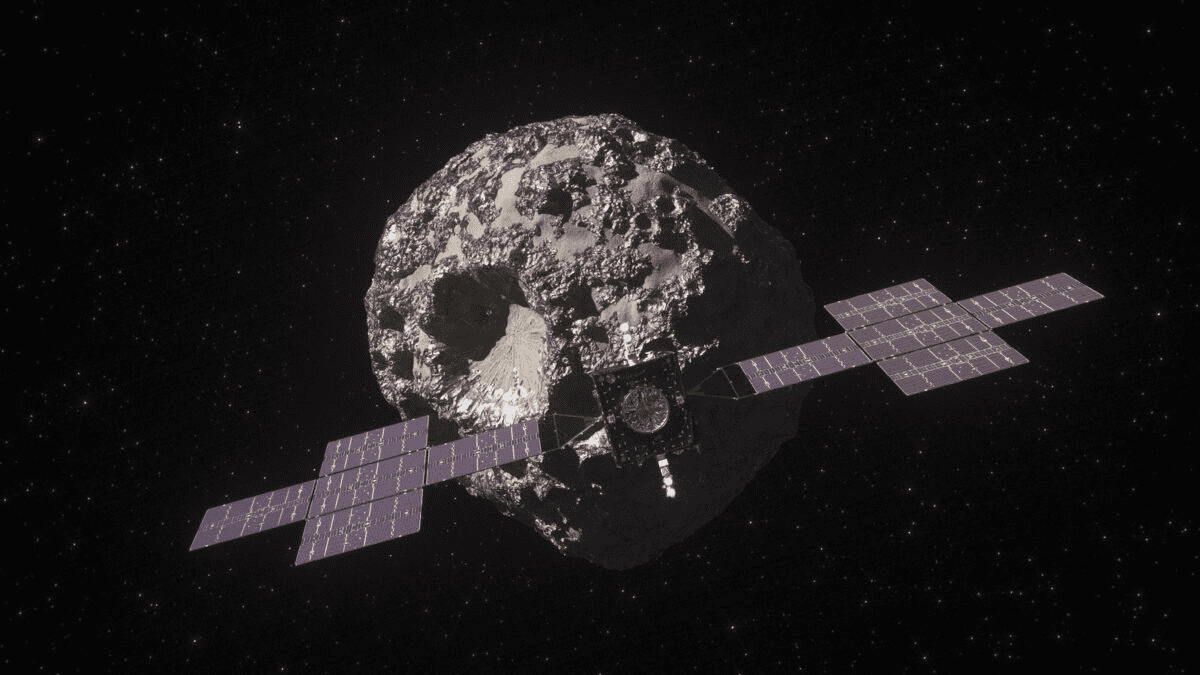NASA has resumed the Psyche mission, which is set to launch this year, aiming to explore the science and mining potential of the 16 Psyche asteroid. Psyche, a 140-mile diameter, metal-rich asteroid orbiting between Mars and Jupiter, could be the remnant of a shattered planet’s core. NASA plans to study it using instruments such as multispectral cameras and Gamma Ray and neutron spectrometers, communicating with Earth via a high-gain antenna.
If it contains a magnetic field, it could offer insight into Earth’s core. The asteroid’s metal content could be worth up to $10,000 quadrillion, including gold and platinum, although mining is not the mission’s focus. It will take about four years for NASA‘s Psyche spacecraft to slingshot around Mars for a gravity assist to orbit the asteroid at a distance of about 700 km.
Psyche is the largest M class asteroid, thought to be the remnants of iron-rich cores of proto-planets. If it proves to be part of a core, it would be from the first generation of iron-cored planets in the solar system. The asteroid’s thermal radiation suggests it is composed of at least 20% metal. While space mining may seem far-fetched, several start-ups have made asteroid mining plans, and AstroForge, an asteroid mining company, has a test launch planned.
Psyche’s metal content, worth 10 quintillion dollars, was estimated by Psyche’s principal investigator, Lindy Elkins-Tanton, a planetary scientist at Arizona State University, based on metal prices, including nickel, a few years ago. However, the estimate is fallacious and only serves as an amusing case study in supply and demand extremes.
- Genesis GV60 Magma: 650 hp electric SUV beats BMW to market, charges 10-80% in 18 minutes
- Delhi Southern Ridge Gets 4,080-Hectare Shield After 31 Years As ‘Three Decades’ Delay Sparks Encroachment Concerns
- Thanksgiving Travel Alert: Nearly 82M Travelers Expected as Two Storms Threaten Major Hubs
- Ultra-Processed Foods: CDC Says Kids Get Nearly 62% Of Calories; Lancet, WHO Call It A “Systemic Threat”
- Gaza 61.5M Tonnes Of Debris And Contamination — UNEP Says “Recovery Could Take Decades”


















